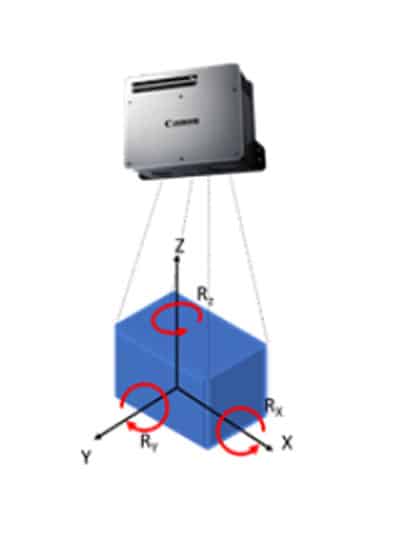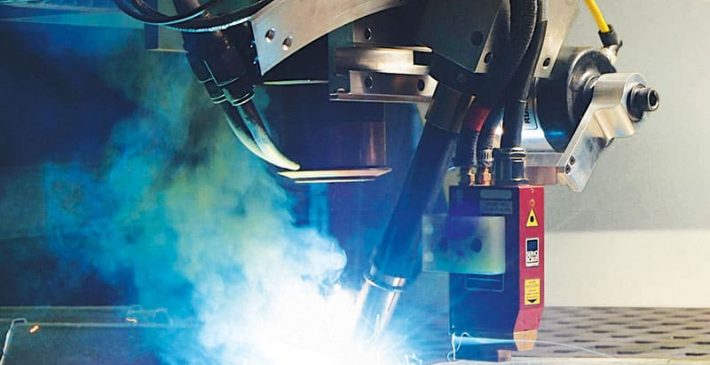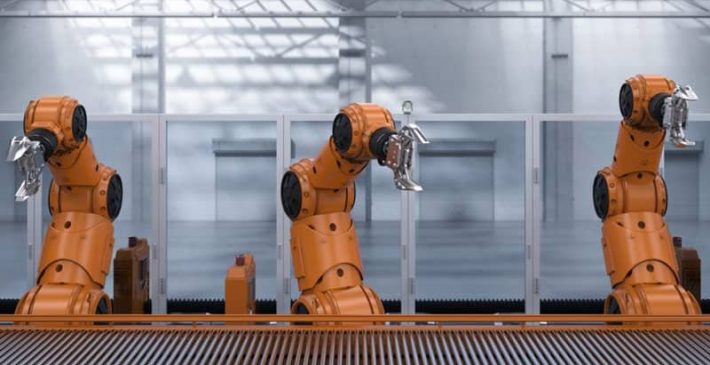Vision Technology
Image processing technology has become a key component to many robotic applications, allowing robots to be deployed for new applications. Over the years, technology has evolved, with higher performance and lower prices. In the process, the vision was adopted by many companies who saw the effect it had on their operations:
While giving the camera to the robot doesn’t make them self-aware, it does allow them to perform operations in ways that greatly improve their performance. For example, a picture-guided robot can locate parts to pick up, determine where to apply welds, inspect assembled parts, or locate a part. The possibilities are endless.


Vision for Robotics
Image processing for robots includes all the necessary technologies to process and manipulate visual objects and data. This includes all hardware, software, cameras, lenses, and lighting needed to capture and process images. The result of this process are reference points for accurately locating and selecting an object (X-Y-Z coordinates).
Visual awareness is required for robots to enable them to operate more efficiently and quickly in an unpredictable condition. As we all know, robots work great when everything is consistent. We program them to always pick and place a part in the same place. But what happens when something changes, or the position or orientation of the object changes? The robot cannot select the object as originally programmed. Guidance is required when this happens, and images help to accurately locate the object and tell the robot where it is.
Types of Vision Systems

2D solutions
Provide X, Y, and Rz (Angle) coordinates to position an object. This works when the data is in the same plane, no Z information is required and the working distance from the camera and the object is constant.

3D solutions
Expand the possibilities of vision to accommodate more randomness. These solutions provide X, Y, Z, Rx, Ry and Rz coordinates to locate objects in different planes. This allows the subject to be tilted and the working distance from the camera to the subject can be varied.
Using 2D or 3D?

It’s all about the placement and organization of objects. If everything is very structured and objects are positioned in an organized or stacked model, then 2D is the easy answer. When objects are arranged completely random in position and orientation (placed in bins), even overlapping each other, 3D is required for positioning and determining orientation. If the problem lies somewhere, with some level of organization, either solution may work depending on the application.




